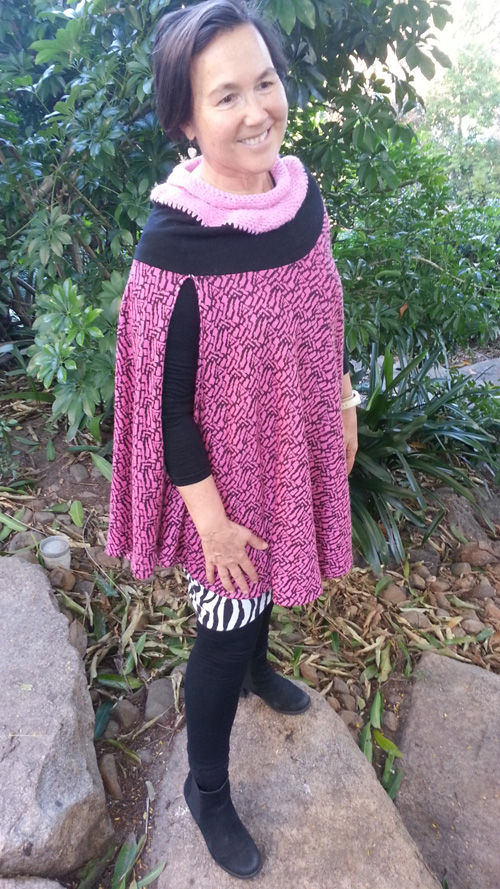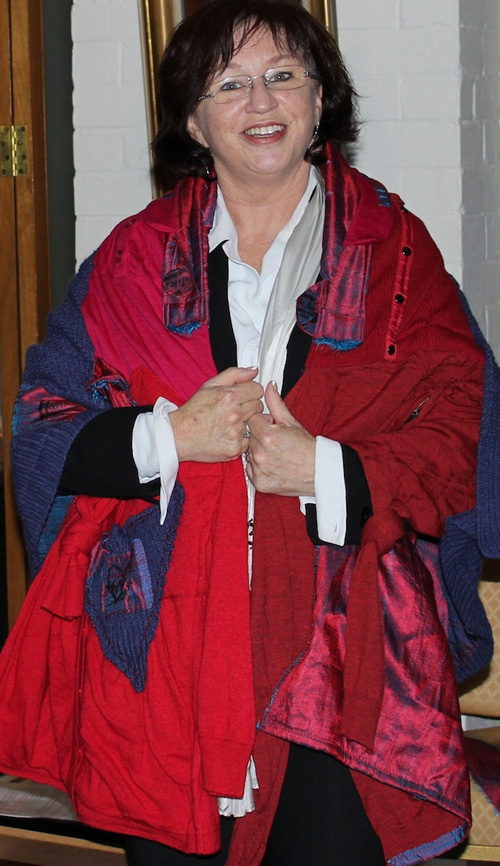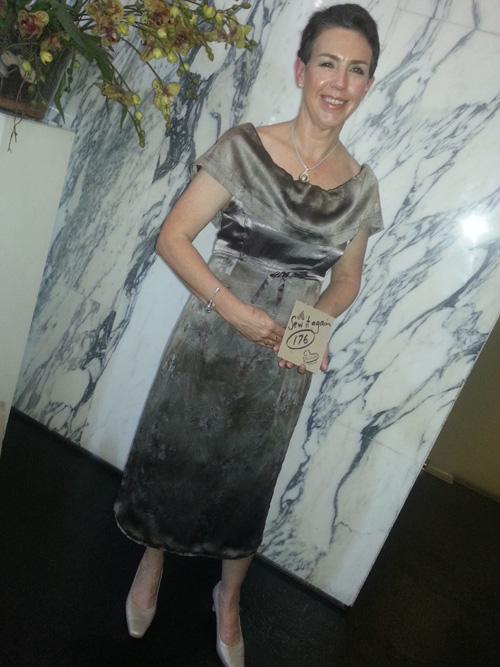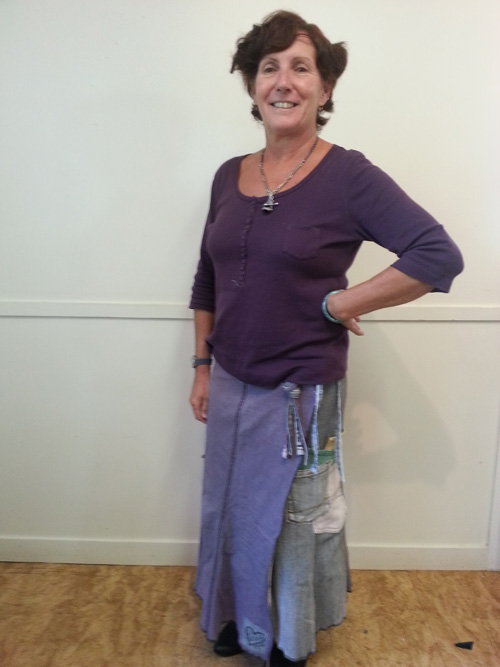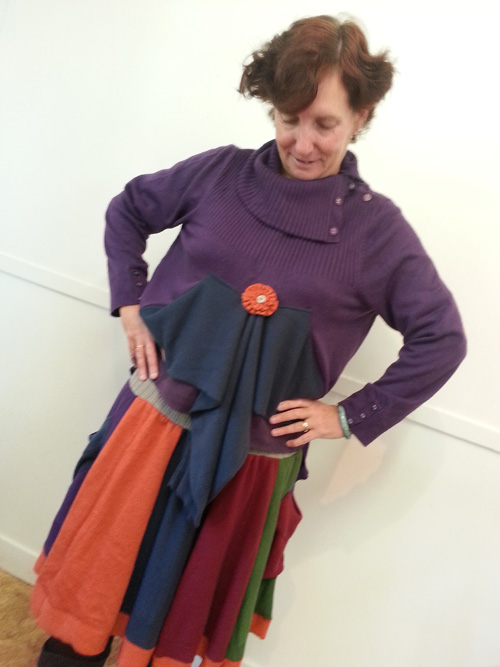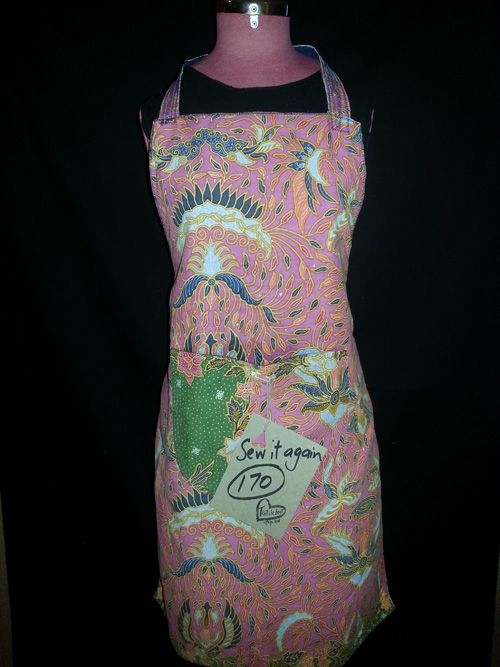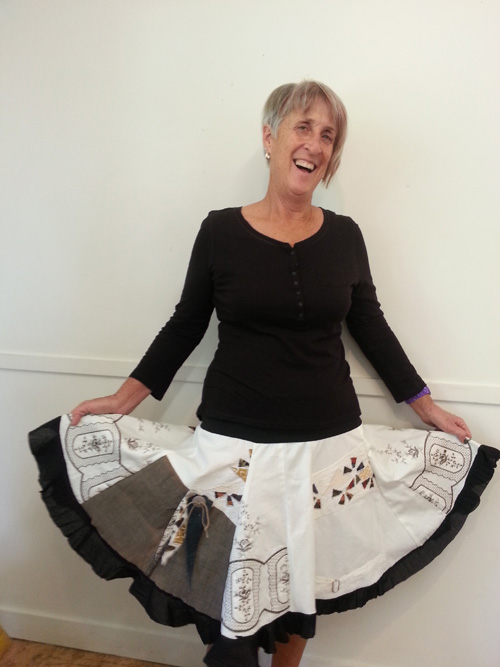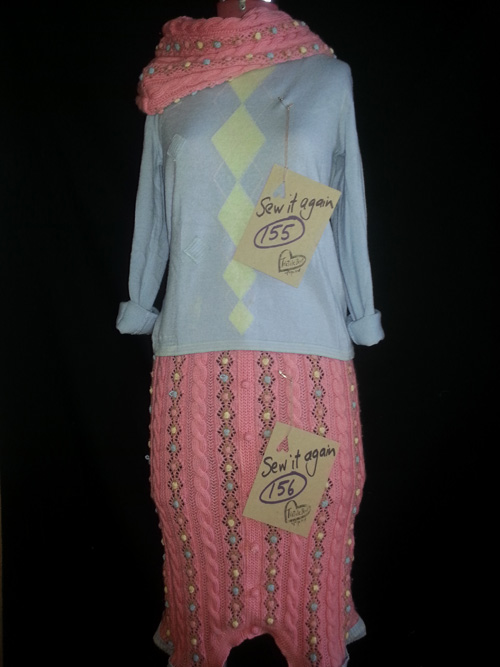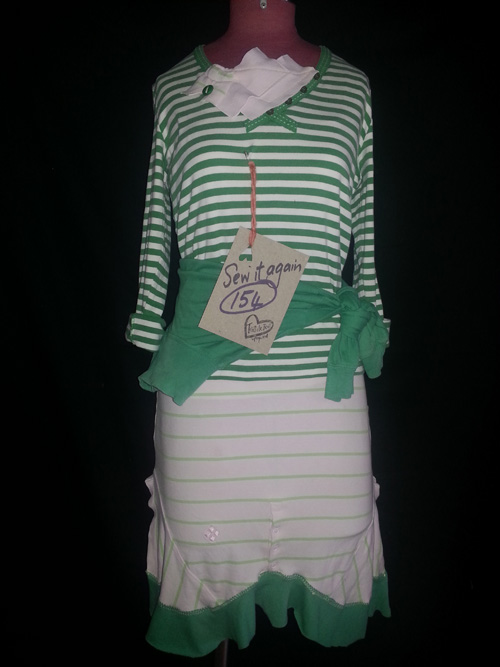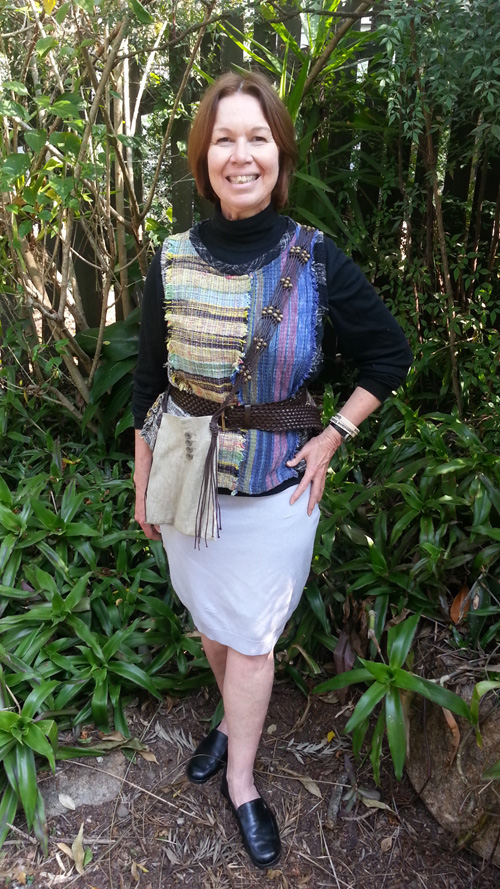 My sister Joanne, right, and I were raised by a mother who made clothing for herself and for us, in the time before sweatshops and cheap fast fashion. As a child, I remember being told not to say anything if we saw our young neighbours wearing our cast-offs.
My sister Joanne, right, and I were raised by a mother who made clothing for herself and for us, in the time before sweatshops and cheap fast fashion. As a child, I remember being told not to say anything if we saw our young neighbours wearing our cast-offs.
Clothing is still passed on through social and family networks, to maximise use of garments and the fabrics from which they were made. Thrifty values are ingrained, so Jo and I still share unworn clothing before it is donated to opportunity shops, turned into rags or dumped.
These day clothing swaps and swish parties are happening things and I am an avid supporter of op shops – both buying from and donating to.
Op shops operate with a lot of wonderful volunteer support, play an important role in helping those in need and keeping textiles out of landfill through reuse and recycling. Continue reading
